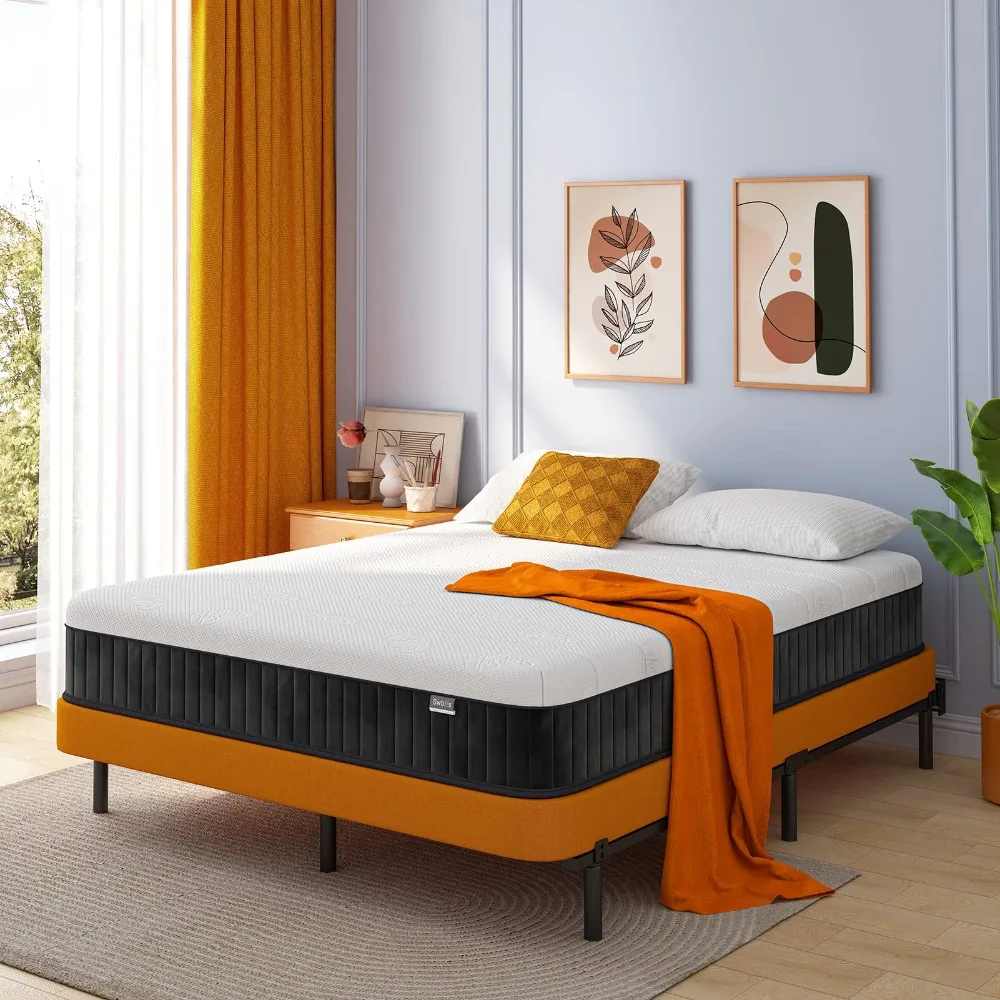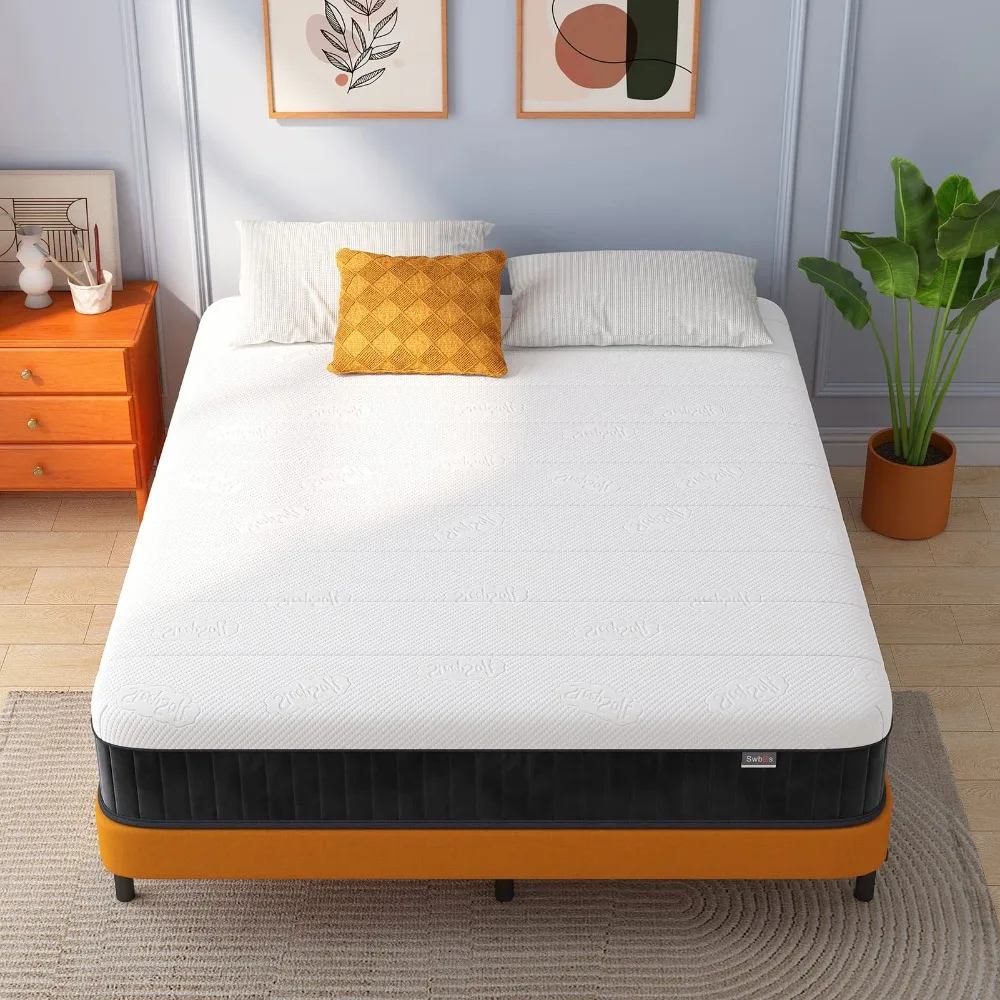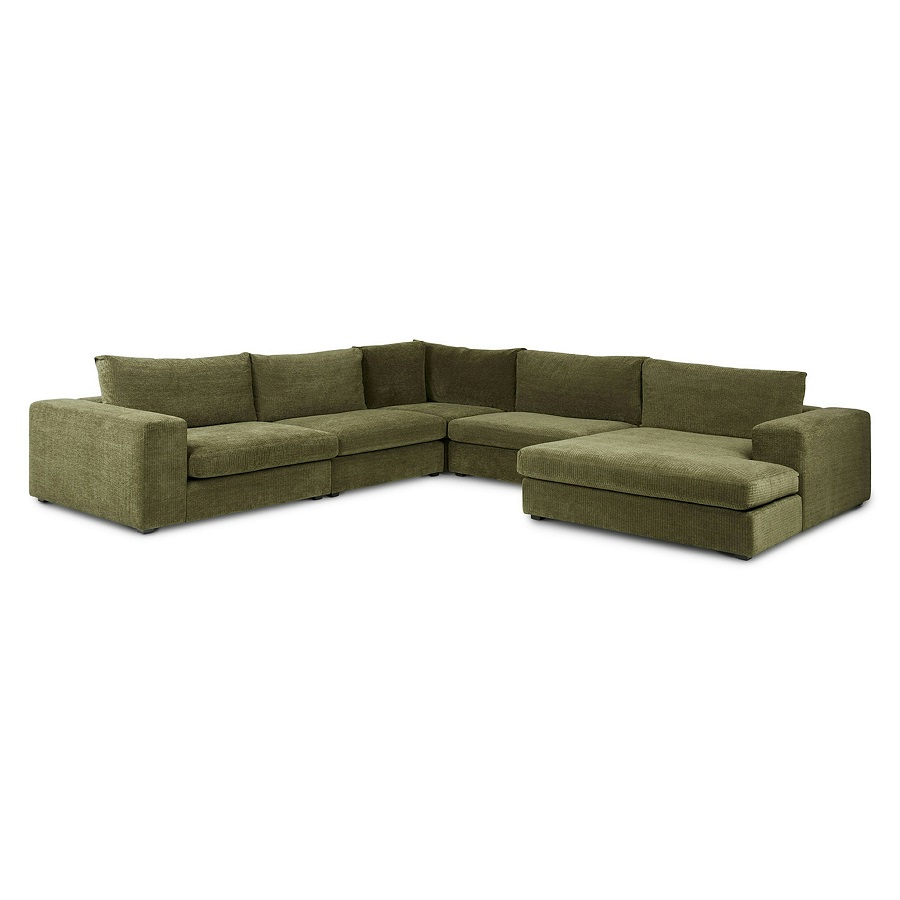Mattresses are a significant investment in your comfort and health, providing the support you need for a good night’s sleep. However, over time you may notice that your mattress turns yellow, a common issue that can be both unsightly and concerning. Understanding the causes behind this discoloration and adopting the right prevention tips can prolong the life of your mattress and maintain its aesthetic appeal. This in-depth guide, “Why Do Mattresses Turn Yellow? Causes and Prevention Tips,” delves into the reasons behind this common problem and offers practical advice on how to prevent it.

Understanding Mattress Composition: What’s Inside Matters
Before diving into the causes of mattress discoloration, it’s essential to understand what modern mattresses are made of. Most mattresses consist of multiple layers, including foam (memory foam or latex), innersprings, fabric covers, and various types of padding and quilting. These materials are designed to offer support, comfort, and durability.
Foam, a major component in many mattresses, is particularly susceptible to discoloration due to its chemical composition. When exposed to elements like moisture, air, and body oils, the compounds in foam may oxidize, leading to yellowing. Similarly, the fabric encasing the mattress, usually made from cotton or polyester blends, can also show wear and tear, which manifests as discoloration over time.
Understanding the materials in your mattress gives insight into why and how discoloration occurs, making it easier to adopt preventive measures effectively.
Common Causes of Mattress Yellowing: Identifying the Culprits
Several factors can contribute to the yellowing of mattresses. Here’s a closer look at the most common causes:
1. Oxidation: A natural reaction that occurs when the mattress materials, particularly the foam, are exposed to air and light. This process leads to the breakdown of certain chemical bonds within the materials, resulting in a yellow or brownish tint.
2. Sweat and Body Oils: Your body naturally releases sweat and oils, even during sleep. Over time, these substances can seep into the mattress, causing discoloration. Night sweats, in particular, can accelerate this process.
3. Urine and Other Bodily Fluids: Accidents happen, especially if you have young children or pets. Urine stains can cause significant yellowing and can be challenging to remove completely, leaving lasting marks.
4. Spills and Stains: Food and drink spills can also lead to yellowing. Organic substances like coffee, wine, and food can leave stubborn stains that not only discolor the mattress but may also attract bacteria and mold.
5. Mold and Mildew: In humid environments, moisture can become trapped in the mattress, leading to the growth of mold and mildew. These fungi can cause the mattress to develop dark or yellow patches and emit an unpleasant odor.
6. Aging: Natural aging can cause mattress materials to break down and change color. As the mattress gets older, the deterioration of its components can lead to yellowing.
Prevention Tips: Keeping Your Mattress Pristine
Preventing mattress discoloration involves a combination of proper maintenance, preventive measures, and informed usage. Here are some practical tips to keep your mattress looking fresh and clean:
Use a Mattress Protector:
Invest in a high-quality, waterproof mattress protector. This layer acts as a barrier, preventing sweat, body oils, spills, and other substances from reaching the mattress. Waterproof protectors are particularly effective in keeping urine or liquid spills from soaking into the mattress, making cleanup easier.
Maintain Regular Cleaning:
Vacuum your mattress regularly to remove dust, dirt, and allergens. Use the upholstery attachment on your vacuum cleaner to clean the mattress surface and seams thoroughly. Regular cleaning helps prevent the buildup of substances that can cause discoloration over time.
Wash Bedding Frequently:
Change and wash your bedding, including sheets, pillowcases, and mattress protectors, at least once a week. Clean bedding minimizes the transfer of sweat, oils, and dirt to the mattress. Using hypoallergenic and moisture-wicking materials can further protect against moisture absorption.
Minimize Humidity:
Control the humidity levels in your bedroom. Use a dehumidifier if necessary to keep the air dry, preventing moisture from becoming trapped in the mattress. Proper ventilation and using an air conditioner can also help maintain a dry environment.
Avoid Eating and Drinking in Bed:
Try to restrict eating and drinking to other areas of your home. Food and drink spills are common causes of mattress stains and can be difficult to remove. Limiting these activities in bed can significantly reduce the risk of accidental spills.
Cleaning Solutions: How to Remove Yellow Stains
Even with preventive measures, yellow stains can still occur. Knowing how to clean and remove these stains effectively can restore your mattress to its original condition. Here are some cleaning solutions for different types of yellow stains:
For Sweat and Body Oil Stains:
- Baking Soda and Vinegar: Sprinkle baking soda generously over the stained area and let it sit for at least 30 minutes. Vacuum up the baking soda, then spray a mixture of equal parts water and white vinegar on the stain. Blot with a clean cloth and let the area dry completely.
- Hydrogen Peroxide Solution: Mix 1 cup of hydrogen peroxide, 3 tablespoons of baking soda, and a few drops of liquid dish soap. Apply the solution to the stain using a spray bottle. Allow it to sit for a few minutes, then blot with a clean cloth. Rinse with cold water and blot dry.
Urine Stains:
- Enzyme Cleaner: Enzyme-based cleaners break down the proteins in urine, effectively removing the stain and odor. Apply the enzyme cleaner to the stain, let it sit as per the product instructions, then blot with a clean cloth. Repeat if necessary, and allow the area to dry completely.
- Baking Soda and Essential Oils: After using an enzyme cleaner, sprinkle baking soda over the area and add a few drops of essential oil (like lavender) for a fresh scent. Let it sit for several hours or overnight, then vacuum the area thoroughly.
For Mold and Mildew:
- Disinfect with Rubbing Alcohol: Mix equal parts water and rubbing alcohol in a spray bottle. Lightly spray the affected area and blot with a clean cloth. Alcohol helps kill mold spores without saturating the mattress. Allow the mattress to air dry completely.
- Tea Tree Oil Solution: Mix a few drops of tea tree oil with water in a spray bottle. Spray the solution on the moldy area and let it sit for a few hours. Blot with a clean cloth and let it dry completely. Tea tree oil is a natural antifungal agent.

The Impact of Long-Term Use: When to Replace Your Mattress
While proper care and maintenance can extend the life of your mattress, there comes a time when replacement is necessary. Long-term use inevitably leads to wear and tear, reduced support, and hygiene concerns. Here are some signs that it might be time to replace your mattress:
Visible Wear and Tear:
If your mattress shows significant signs of wear, such as deep sagging, broken springs, or large areas of discoloration that can’t be cleaned, it may be time for a replacement. A worn-out mattress can’t provide the support and comfort needed for a good night’s sleep.
Increased Allergies or Asthma:
If you notice an increase in allergies or asthma symptoms, your mattress might be harboring allergens like dust mites, mold, and bacteria. Even with regular cleaning, mattresses can accumulate allergens over time.
Poor Sleep Quality:
If you’re waking up with aches, pains, or feeling unrested, your mattress might no longer be providing adequate support. It’s crucial to replace a mattress that affects your sleep quality negatively.
Age of Mattress:
Experts generally recommend replacing your mattress every 7-10 years, depending on the type and quality. Even with good care, mattress materials degrade over time, affecting comfort and support.
Conclusion: Maintaining a Clean and Comfortable Mattress
Understanding why mattresses turn yellow and implementing preventive measures can help you maintain a clean and comfortable sleeping environment. By identifying the culprits behind mattress discoloration, adopting regular maintenance practices, and using targeted cleaning solutions, you can extend the life and appearance of your mattress.
When it’s time to replace your mattress, considering advanced options with improved durability and hygiene features can enhance your sleep quality and overall well-being. A well-cared-for mattress not only supports restful sleep but also contributes to a healthier, more inviting bedroom environment. By following the tips outlined in this guide, you can enjoy the benefits of a pristine, comfortable mattress for years to come.










